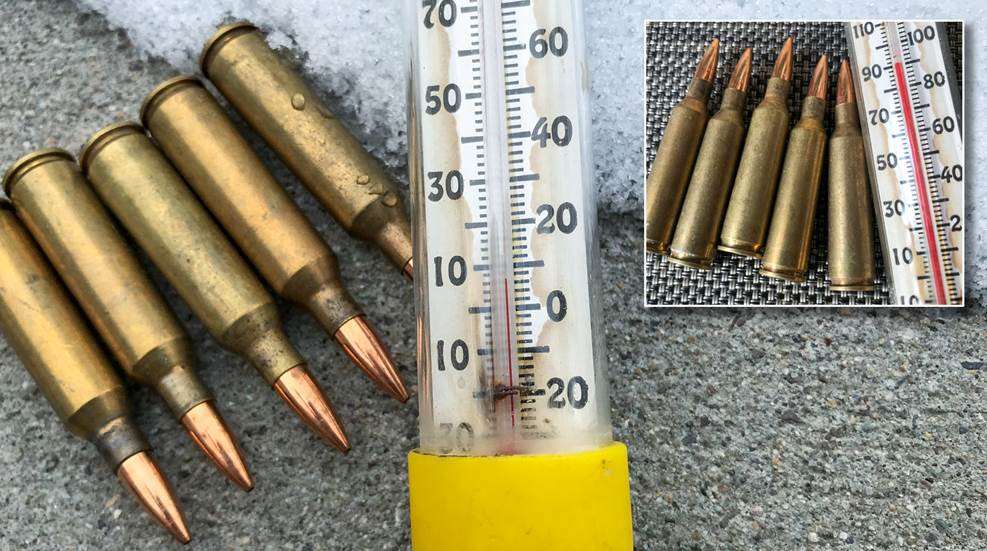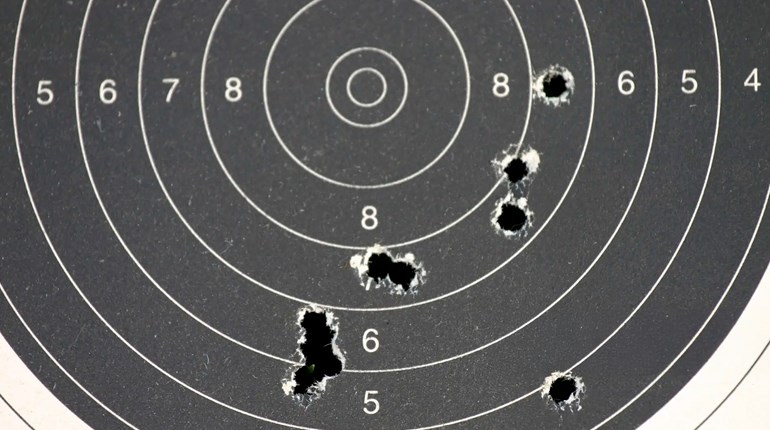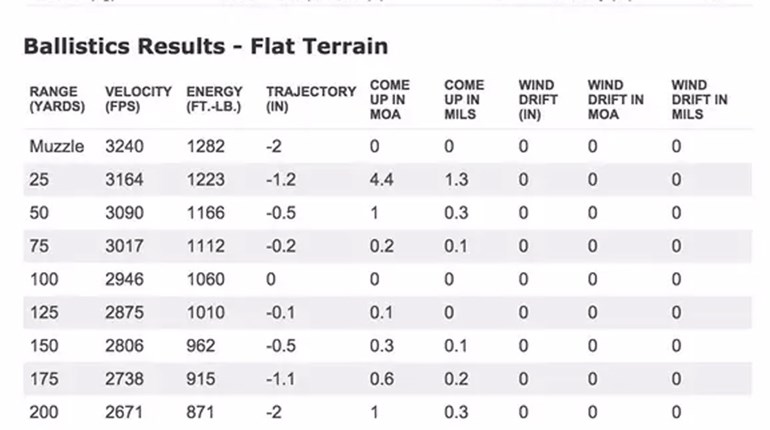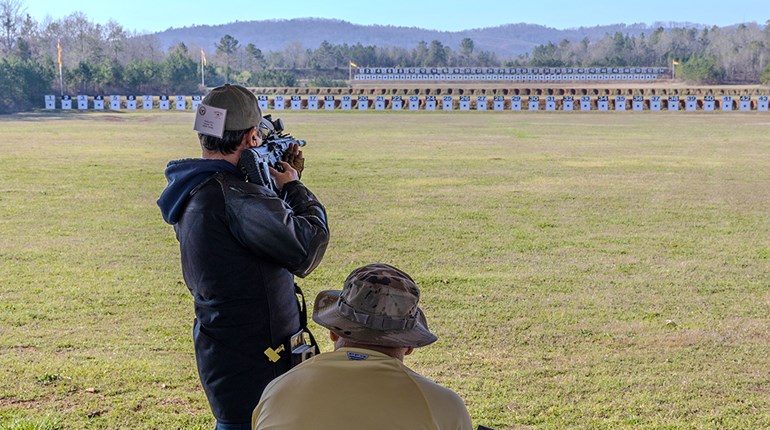
Recently, we covered five factors in exterior ballistics that affect your accuracy at long ranges: velocity, bullet drop, trajectory, mid-range trajectory and maximum ordinate. There are, however, four more...and they're pretty interesting.
1. Line of Departure
The line of departure is a straight-line extension of the axis of the bore and is the path taken by the bullet immediately upon exiting the muzzle. However, after exiting the muzzle, the bullet begins to drop immediately and does not rise above the line of departure. A flat trajectory is one in which the curvature of the bullet path is less pronounced; increasing bullet velocity and/or ballistic coefficient can product a flatter trajectory. Finally, a bullets trajectory reflects not only drop, but also deflection due to crosswinds and other aerodynamic influences.
2. Wind Deflection
Wind deflection is the lateral deviation of the bullet's trajectory from its original line of departure, caused by crosswind. A popular term for wind deflection is wind drift.
Wind drift is not the simple result of crosswinds blowing the bullet sideways. For example, a typical .30-cal. 150-gr. spitzer flat-base bullet launched at 2900 fps in a 10-mph crosswind will suffer about 14 1/2 inches of lateral deflection at 400 yards. If you drop that same bullet sideways into the airstream of a fan blowing at 10 mph, the bullet will hardly move laterally at all as it falls.
Crosswinds affect bullet trajectory by slightly changing the direction of the drag forces, which produce an angular change in the bullet's path from its original line of departure. As the bullet follows its new trajectory, it deviates farther and farther from the line of departure. A small angular change in the bullet's path at the beginning of its flight will produce a large deviation downrange. This is why a crosswind at the muzzle has more effect than the same crosswind at the target.
Crosswinds perpendicular (90 degrees) to the bullet's trajectory will have the greatest effect on wind deflection. Crosswinds running at any other angle to the bullet's path will have less effect. Winds blowing parallel to the bullet's path (in either direction) have only a limited effect, and for most real-world purposes can be ignored.
3. Shooting Uphill or Downhill
Shooting uphill or downhill can be a problem because the eye and brain perceive the range to be the longer slant distance to the target, while the actual bullet drop more closely resembles that of the shorter horizontal distance.
Whether the angle is uphill or downhill actually makes no difference. The strike of the bullet will be above the point of aim. For shots within 10 degrees of the horizontal, the correction is so small that it can be ignored. In most cases, all that is necessary to do when shooting uphill or downhill is to aim a few inches lower on a long shot on a steep grade.
4. Maximum Point-Blank Range
Maximum point-blank range is the farthest distance at which a given bullet at a given muzzle velocity will hit a target of a specified size without adjusting the sights or the aiming point. Though of no consequence in competitive shooting, maximum point-blank range can be of critical importance in hunting. To determine maximum point-blank range, you must know: the trajectory of the bullet you're using; the range at which your rifle is zeroed; and the size of the vital area of the game.
For example, the vital area of a mature whitetail deer is usually estimated at 10 inches in diameter. Thus, the maximum point-blank range would be that at which the bullet neither rises nor drops more than 5 inches from the point of aim.
There is a point-blank range for any zero. Given this, the maximum point-blank range for a specific load is achieved at a unique zero distance. This specific distance can be determined by experimentation, using ballistic tables or by using a computer program or smartphone app.







































